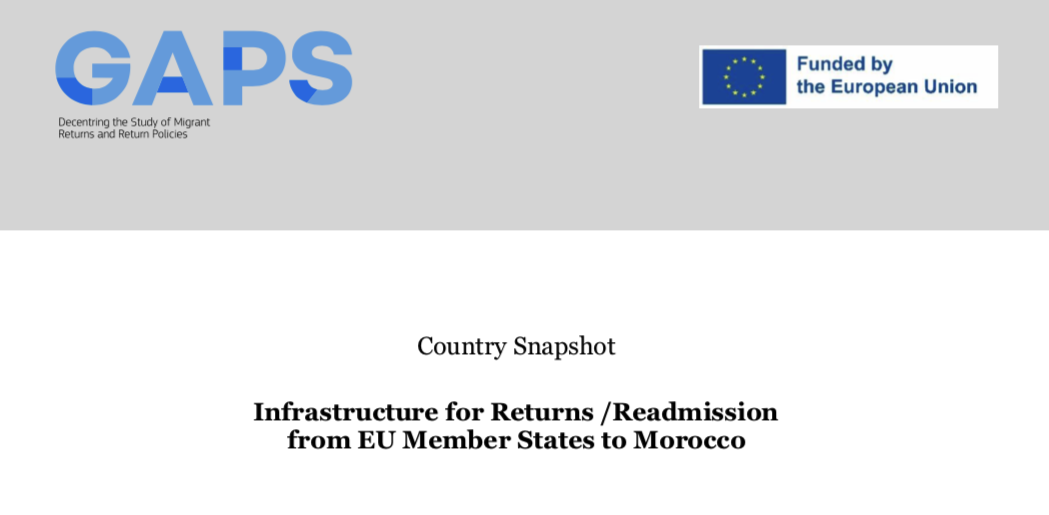Infrastructure for Returns /Readmission from EU Member States to Morocco - WP3 country snapshot
Executive Summary:
In recent years, return migration has become a crucial aspect of European migration policies. Located along the two main routes for irregular migration to Europe, Morocco has served – since the end of the last century - as a transit hub for migrants traveling via the Western Mediterranean route, connecting Morocco with the Spanish mainland, the Balearic Islands, and the Moroccan enclaves of Ceuta and Melilla. Additionally, it plays a role in the Western African Atlantic route, which links the coasts of West African countries to the Canary Islands.
Morocco’s geographical importance requires increased border control, leading to ongoing arrests and pushbacks by national authorities. Morocco aims to facilitate the return of migrants on its territory to their home countries while safeguarding their rights, and also bears the responsibility to manage the repatriation of its migrants from Europe under the best possible conditions, regardless of the circumstances surrounding such returns.
Although Morocco has implemented relatively advanced migration policies, such as the "New Immigration Policy" of 2013 and the National Strategy for Immigration and Asylum (SNIA, in French), which mainly focus on foreigners, it faces a significant internal challenge: receiving and integrating its own returning migrants. Addressing this challenge requires strengthening reception infrastructure, especially in terms of healthcare access, and promoting active collaboration between public authorities, civil society, and relevant international organisations.
Please find the entire DOI report by clicking the button below:

